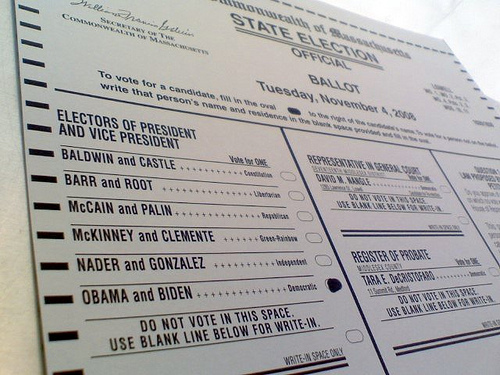This month, Life of the Law is featuring the work of scholars published in the June 2014 issue of the Law and Society Review, which has partnered with LOTL to make the longer versions of these articles free for 30 days (through July 18th) for anyone who accesses them by clicking here.
Listen to our interview with Michael Campbell on SoundCloud.
Over time, laws and policies come to seem natural—sometimes even inevitable. As we experience law in action and read about its abstract consequences for social, economic or political matters, law tends to normalize certain courses of action. But when we look closely at how and when laws and policies came to be, we often discover that their form was more the product of conflict and confusion than of clear and carefully considered responses to new historical realities. We also find that the long-term consequences of many laws were unknown when they were passed, and that the architects of legislation and court decisions were uncertain about what they might really mean.
For example, extremely long prison sentences might today seem an obvious and appropriate response to certain types of behaviors. But long prison sentences were not always the norm in the United States and they are not common in other advanced democratic societies like our own. My research explores how legal changes leading to longer prison sentences were the product of broader social and political processes.
My most recent article in Law and Society Review examines the events preceding and following the passage of California’s determinate sentencing law in 1976, a development often cited as a key event in the nation’s shift to harsh responses to crime. The determinate sentencing law shifted the power to determine sentencing lengths to the state legislature from judicial and corrections officials. The law established clearer sentencing ranges that some viewed as too lenient and others as too punitive, but its most important consequence, I argue, is that it helped politicize crime and generate increasingly punitive crime control policies.
I dug into the legislative histories of this law and others and sought to tell a story about who supported and opposed it, the political processes that affected it, and of how it shaped subsequent legal developments. I show how this key piece of legislation was the outcome of intense conflict between various interests, and how the law’s final form represented the interests of certain powerful groups in state politics, especially those associated with law enforcement, who were better situated in the state’s political structure to shape the debate. I argue that the law’s long-term consequences were more important than its immediate effect on sentencing because it restructured political and governing institutional arrangements in ways that made it easier to politicize crime. This almost immediately increased pressure on legislators to embrace a lock ‘em up approach to crime even when such laws were unsustainable and unlikely to lower crime.
This article is part of a broader research agenda that uses historical methods to explore how crime, politics, and socioeconomic changes have shaped legal change. Much of my work has focused on state-level developments in Texas and California because state governments have considerable leeway in shaping criminal law and policy. I have also worked with Heather Schoenfeld to try to put the pieces together from a variety of historical studies to try to explain nationwide and regional trends in crime policy change over time. We have found that we can better understand change in criminal law and policy when we think carefully about the historical contingencies that shape developments in specific periods. We emphasize how interactions between federal, state and local political and governing institutions continually reshaped future possibilities that structured penal change.
Michael C. Campbell is an Assistant Professor in the Department of Criminology and Criminal Justice, University of Missouri-St. Louis.









